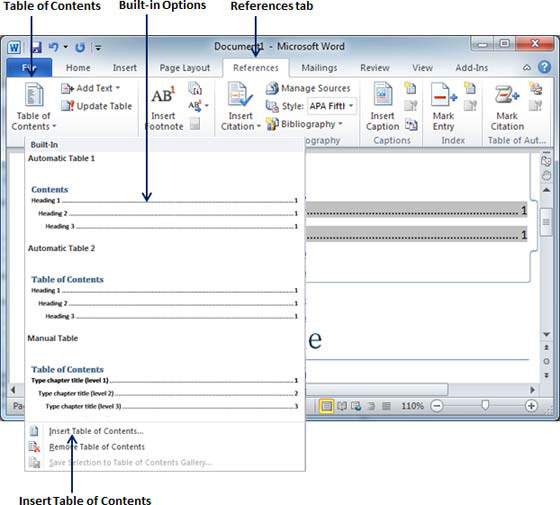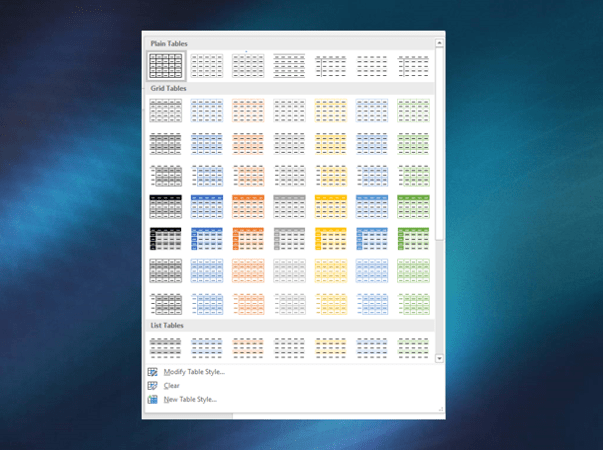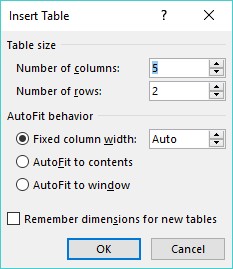
- HOW TO CREATE TABLE OF CONTENTS IN WORD 2019 UPDATE
- HOW TO CREATE TABLE OF CONTENTS IN WORD 2019 PROFESSIONAL
Then there is a matching group, which is enclosed in \(Īnd inside that matching group, it matches all characters to the end of the line. Matches one or many hashkeys at the beginning of the line followed by whitespace ^#\+\s\+ So let’s look at the next sed script line S/expression to match/replacement string/ The script makes use of the find/replace pattern of sed, which is expressed as

Place a hashkey in front of the heading text.Modify heading text to form the anchor text.So in order to generate the necessary link markdown text we need to do a couple of things here: From the headings my document had, I found that you need to transform the text, because the anchor github generates is a bit different from the actual heading text. Unfortunately, the example link above is a bit simplified. Subchapters are indicated by multiple hashkeys.įor a link to an anchor on the same page, we need something like In github markdown, a heading is marked with hashkeys. This should print you a nice toc which you can include in your README.md long version If you just want to copy, paste and try, here you go: The result is the most visually obnoxious (or beautiful?) command I ever had to create. But I somehow “wanted” to get it done in just one command. I could obviously have done it with a bash script, some grep pipe cut and variables and all that. I tried to quickly solve it with grep pipe sed, failed horribly, did in vim instead and hated having to do that. I could not find a way to do this with a native tag. To apply a heading style, select the text you want to format, then choose the desired heading in the Styles group on the Home tab.I recently wrote a lengthy README.md file in a github repository and wanted to include a table of contents at the top. In the table of contents above, each chapter uses a heading style, so there are four sections. When you insert the table of contents, it will create a section for each heading.


If you apply a heading style, you're telling Word that you've started a new part of your document. Styles also serve another important purpose: adding a hidden layer of organization and structure to your document.
HOW TO CREATE TABLE OF CONTENTS IN WORD 2019 PROFESSIONAL
If you've already read our Applying and Modifying Styles lesson, you know they're an easy way to add professional text formatting to different parts of your document.
HOW TO CREATE TABLE OF CONTENTS IN WORD 2019 UPDATE
However, with the right formatting, Word can create and update a table of contents automatically.

And if you ever decide to rearrange your sections or add more information, you'll have to update everything all over again. You could create a table of contents manually-typing the section names and page numbers-but it would take a lot of work.


 0 kommentar(er)
0 kommentar(er)
